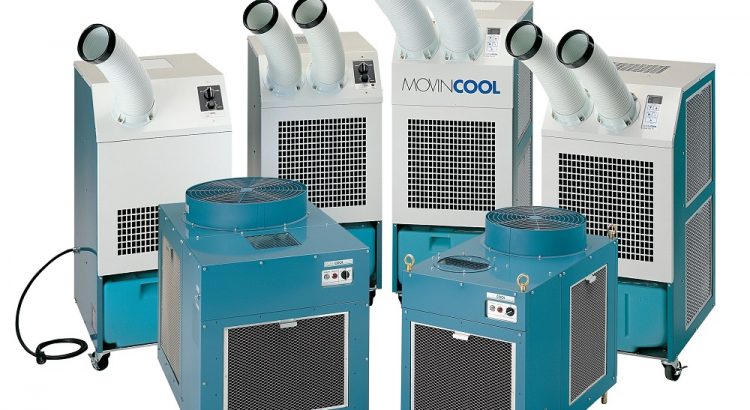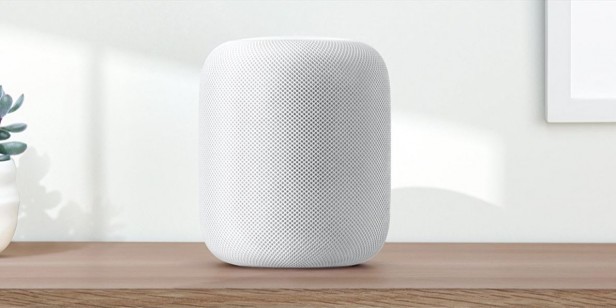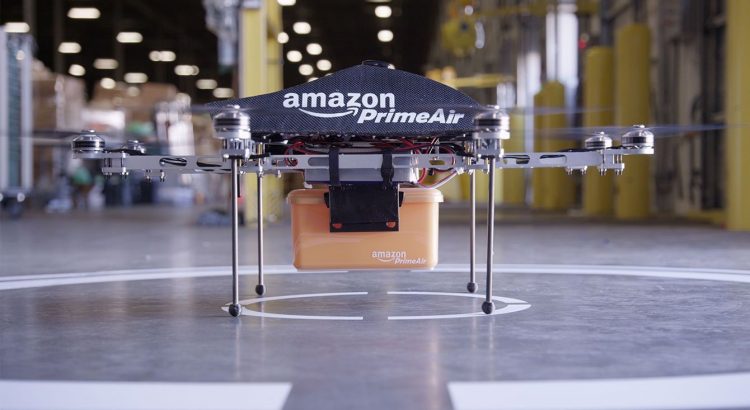With just one month to go before Samsung unveils the new Galaxy S9 at the Mobile World Congress, the leaks are coming in thick and fast. Here is what we know so far:
Price
The news does not look so good in pricing terms. Thanks to Apple, other manufacturers are getting comfortable increasing flagship phone prices. The S9 will sell for between 950,000 won and 999,000 Won in Korea, which equates to about $895 to $935, which is about $100 more than the S8.
Updates
The rumor mill says that although Samsung will headline a few new features on the S9, the phone itself will sport very little new tech. Instead, we are looking at a minor year-on-year upgrade and won’t see anything that resembles an iPhone X style jump.
Camera
One of the key new features according to rumors will be a super-slow-mo camera. The S9+ will probably get dual lenses to differentiate the plus model from the standard S9. Reports say that the camera will record video at 1080p with frame rates as high as 480 frames per second.
Biometrics
Another new feature is the biometric authentication on the phone. It is likely that Samsung will include both a facial scanner and a fingerprint scanner. We do not know if the phone will support under screen fingerprint scanning.
There is no doubt that the S9 will sell well, even as an incremental update, but Samsung will need to start showing proper differentiation if it intends to increase its share of the market.




 Google took the wraps off its new Pixel 2 phone lineup last week. The phones have what the best Android camera and maybe the best smartphone camera on the market today. The problem lies in choosing between the Pixels and the competition. Here are some of the drawbacks of the new Pixel phones.
Google took the wraps off its new Pixel 2 phone lineup last week. The phones have what the best Android camera and maybe the best smartphone camera on the market today. The problem lies in choosing between the Pixels and the competition. Here are some of the drawbacks of the new Pixel phones.